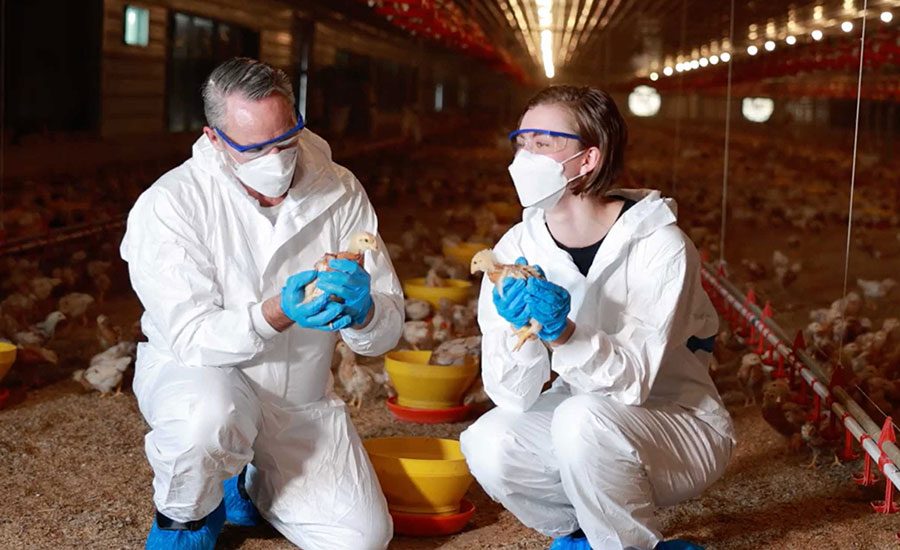Hailed by the U.S. Food and Drug Administration (FDA) as the most sweeping reform of U.S. food safety law in more than 70 years, the Food Safety Modernization Act (FSMA) was enacted in 2011—and surged to the forefront of food industry discussion and study—against a backdrop of ongoing food-related illnesses that each year sickened tens of millions and caused several thousand deaths. FDA touted that FSMA would fundamentally shift the food safety paradigm—from reacting to adulterated food after it reached the marketplace in a time-constrained effort to minimize the harm such products might cause consumers to preventing contaminated food products from reaching consumers in the first place.
The final version of the complex regulations that form FSMA’s core have been long in the making. Last month, FDA issued the first of seven final rules—the “Current Good Manufacturing Practice and Hazard Analysis and Risk-Based Preventive Controls for Human Food.” This preventive controls for human food rule is largely the same as the initial version of the rule proposed by the FDA nearly three years ago. In short, covered facilities should design and implement a written food safety plan that includes:
• Analysis of known or reasonably foreseeable and hazards
• Measures to prevent or minimize the likelihood the identified hazards will occur, including process, food allergen, sanitation and supply-chain controls
• Oversight and management of preventive controls to make sure that they are carried out
• Verification to make sure that preventive controls are up-to-date and effective
• Corrective action procedures to correct both isolated production problems and more systemic preventive control flaws
• Record review and record-keeping protocols
• A recall plan
Of course, even a well-thought-out food safety plan is doomed to failure if it is poorly implemented and employees are unaware of its provisions or are inadequately trained to carry out its protocols. The rule therefore requires that personnel have the food safety education, training or experience appropriate for their jobs, the food product at issue and the facility in which the food product is manufactured, processed, packed or held and that the facility maintain training records—a significant change from the rule as originally proposed.
The deadline for compliance with the preventive controls for human food rule, which ranges from 1–3 years, depends on the size of the food business. Large companies must comply within 1 year—September 17, 2016—of the final rule’s publication. Medium and small-sized companies have 2 and 3 years, respectively, in which to comply.
Compliance with the preventive controls for human food rule should pose little hardship for many companies. The rule encompasses best practices the industry has long discussed and which many food manufacturers, processors and others in the food supply chain have utilized for years in an effort to reduce the risk of producing adulterated food products. Nevertheless, the food safety headlines remain replete with product recalls and foodborne illness outbreaks that involve food companies with existing, and often sophisticated, food safety plans. Poultry, beef, milk, spinach, cantaloupes, peanut butter, spices and even ice cream are just a few of the types of food products that have been subject to recent recalls for possible pathogen contamination. Many more products are recalled on a daily basis due to undeclared allergens, possible misbranding and other potential adulterations.
The ongoing bevy of recalls and outbreaks begs the question whether a company’s well-crafted food safety plan is sufficient to protect consumers, safeguard hard-earned company brands and business, and stem the tide of the types of food safety-related complications that were the catalyst for FSMA. Even when coupled with other safeguards that the remaining core FSMA rules will embody, empirical evidence and common sense both suggest that the answer is no.
What, then, are the missing ingredients for food safety success? There are at least two: proactive, realistic, and transparent assessment and management of internal food company operations and external supply relationships, domestic and foreign. Food companies must treat FSMA and their food safety plans as core components of their daily operations, and not as a static agreement or set of rules to be shoved in a filing cabinet and shown the light of day only after a food safety-complication arises. In short, food companies must:
• Prepare for FSMA—including which regulations apply to a company’s internal operations and external supply partners
• Adequately train personnel
• Implement transparent food safety preventive measures, internally and externally
• Build sufficient flexibility into their plans and relationships to allow for change with minimal disruption where needed to promote food safety
• Thoughtfully negotiate and precisely draft supply and vendor agreements that meet the company’s food safety related needs
• Vigilantly manage and oversee internal operations and external relationships
• Continually assess, and when needed, alter operations and relationships
Consumer food purchases increasingly are being driven by concerns about traceable foods and transparent operations—from where a product and its ingredients hail and how it was produced. With proper training and planning, careful contracting and oversight, food companies can hit on the recipe for successfully meeting consumer demands, growing their brands and avoiding being the subject of the next recall or illness outbreak.
John T. Shapiro, Esq., is partner and member of the Food Industry Team at Freeborn & Peters LLP (Chicago).









